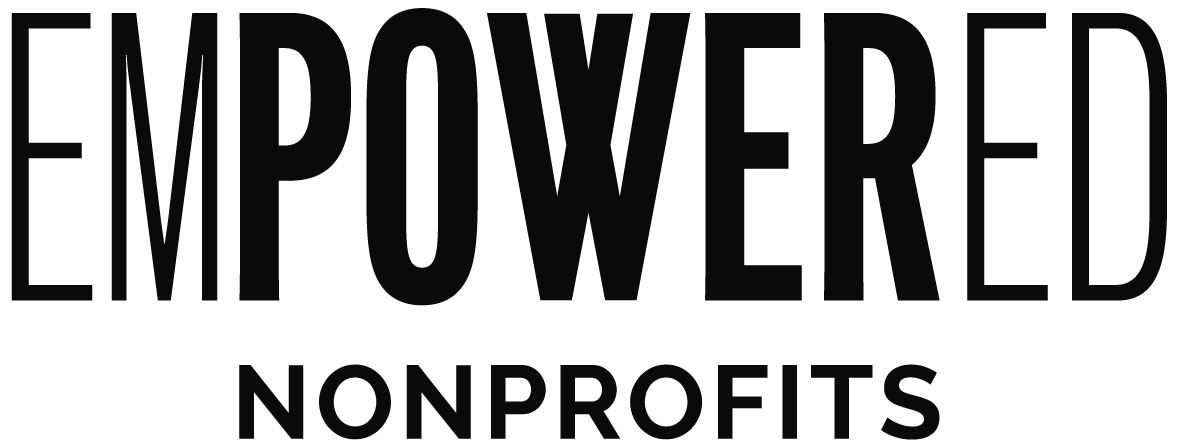October 2024
Last year, we shared our Giving Tuesday tips to help your nonprofit make the most of this important day of generosity. This year, we’ve built on those insights to bring you Team 2024 Takeaways—a collection of strategies and lessons learned from our experiences. From showcasing impact to embracing mistakes, our takeaways are designed to help you create an even more impactful Giving Tuesday and End of Year (EOY) campaign.
Empowered Tips for your End of Year Campaign:
Laura Ford: The elephant in the End of Year campaign room is Giving Tuesday - should we do it? My tip is, if Giving Tuesday fits within the plan for your integrated end of year campaign, then yes! It is a well-known and successful global giving campaign after all. However, my advice is, don't put all your eggs in the Giving Tuesday basket. Focus on an INTEGRATED campaign, multiple solicitation methods, emotive story-telling and of course, pre, and post, campaign stewardship.
*an integrated end of year campaign can and should include: pre-campaign stewardship, direct mail & list segmentation, digital collateral, solicitation calls, post-campaign stewardship
Rashel Allswang: An important reminder for EOY is that the last week of December is when organization's receive their highest volume of gifts. So do not be discouraged! What I have seen work are segmentations -- try to personalize messages and when a donors gives REMOVE them from future asks during the campaign, but include them in the post campaign impact summary.
Taryn Gluskin: Write hand-written notes to not just key donors, but key relationships: vendors, mentors, and those who have expressed interest in your organization but may not have become a donor... yet. In a season where there are asks of everyone, your note of gratitude will stand out and deepen your relationship(s) on behalf of your organization.
Julia Ring: Based on my own recent move from the EdTech space to nonprofit consulting, it is clear that lessons learned from one experience can be applied to others, even in different contexts. My tip is to always be thinking about how you can apply lessons learned from past projects to future ones, even if they feel different.
Christina Jensen: Don’t get stuck in a rut—take a fresh look at what you did this year and ask, ‘Why are we doing it this way?’
If there’s no clear answer, it may be time to adjust your approach. Focus on removing what isn’t working, even if that means scaling back instead of adding something new.
Maya Friedman: Showcase the impact. Creating event graphics, emails, and videos has taught me that impactful visuals and messages connect deeply with supporters. Highlighting meaningful achievements and outcomes through clear communication can inspire and engage your audience. Also, effective management and fundraising need the right resources—when nonprofits invest in these areas, they’re better equipped to make a difference.
Stefanie Pessis Weil:
1. Remember, there’s no such thing as ‘my board isn’t doing anything.’ Instead, take time to recognize and respect each person’s unique skills and contributions. Honoring what each team member brings to the table strengthens the organization, creating a more resilient and collaborative environment.
2. We’re all constantly learning, so embrace each lesson and encourage others to do the same. One valuable insight from Sarale at the Varda Institute is to avoid generalizing or blending everyone into one group on a committee. Instead, acknowledge and build on each person’s strengths to help the organization run more effectively.


